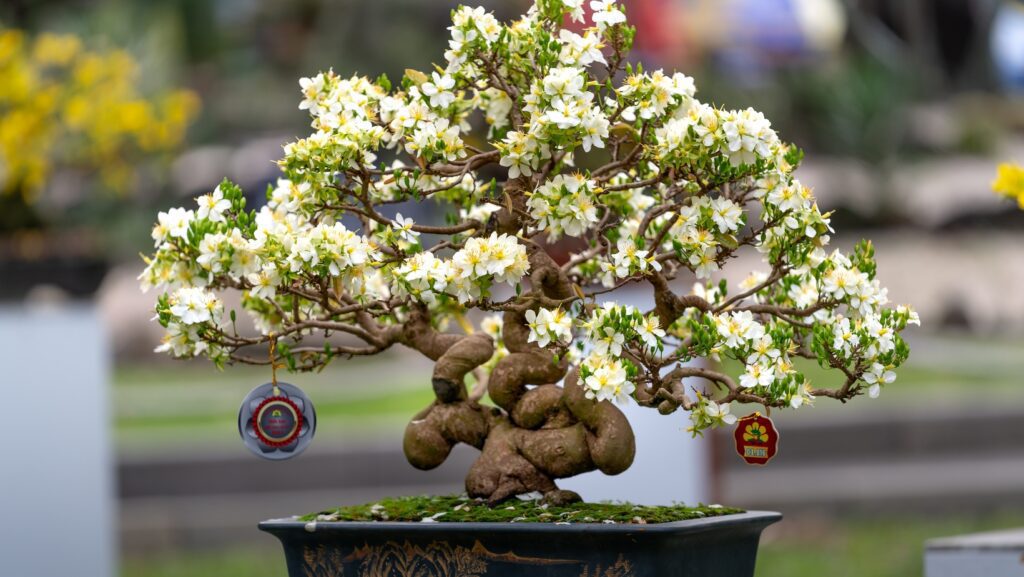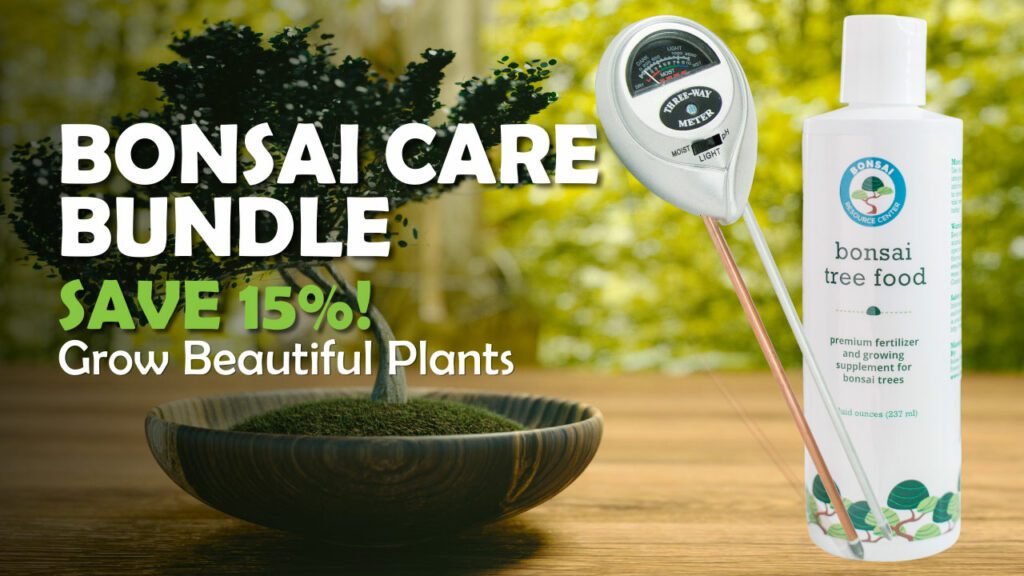I absolutely love having a Gardenia Bonsai in my home. The fragrant blooms and glossy green leaves add such beauty and elegance to any space. But I’ll be honest—caring for this stunning little tree takes a bit more effort than your typical houseplant. If you’re wondering how to care for a Gardenia Bonsai, I’m happy to share what I’ve learned about keeping it healthy and thriving. From watering to pruning and everything in between, these tips will help you care for your bonsai the right way.
Understanding the Gardenia Bonsai
Before jumping into the care tips, let me give you a quick overview of this beautiful plant. Gardenia Bonsai trees are native to tropical and subtropical regions. They’re known for their lovely, fragrant white flowers, which bloom in late spring and early summer. I love how compact and dense they are, making them a perfect fit for bonsai cultivation.
Why I Chose a Gardenia Bonsai
- Stunning flowers with an amazing fragrance
- Compact and elegant aesthetic
- Perfect for beginners, as long as you’re ready to give it a little extra attention
Now that I’ve convinced you (or maybe just reminded you) why these trees are so special, let’s dive into the care tips that keep mine thriving.

1. Watering My Gardenia Bonsai: The Key to Thriving Leaves & Blooms
Gardenia Bonsai trees are a bit picky about water. They’re sensitive to both water quality and the amount they get, so I keep a close eye on their moisture needs. Here’s what I’ve learned works best:
Watering Tips
I try to keep the soil of my bonsai evenly moist, never letting it get soggy, and watering it when the top layer of soil feels dry to the touch. When I do water, I ensure it’s thorough, allowing excess water to drain from the bottom of the pot to keep the roots properly hydrated while preventing root rot. Since gardenias thrive in humidity, I place a humidity tray under the bonsai or use a room humidifier if the air in my home is dry. Whenever possible, I use distilled or rainwater, as tap water with high mineral content can build up in the soil and negatively affect the health of my bonsai.
2. Pruning and Shaping My Gardenia Bonsai
Pruning isn’t just about keeping my plant neat—it’s a crucial part of keeping it healthy and ensuring it maintains a strong structure. Here’s how I prune and shape mine:
Pruning Tips
I regularly pinch back the tips of new shoots to encourage branching and a fuller appearance, while also trimming away dead flowers or yellow and brown leaves to keep the plant tidy and help it focus on new growth. Every 2-3 years, I re-pot my Gardenia Bonsai to give the roots more space, choosing a pot that’s just slightly larger than the previous one to avoid over-watering and excess soil. To shape the bonsai, I use wiring, being careful not to damage the delicate branches, making gentle adjustments over time to achieve the perfect form.
3. Light & Temperature: What My Gardenia Bonsai Loves
Gardenias thrive in bright light, but they can be a bit sensitive to extreme heat or too much direct sun. Here’s how I keep my bonsai happy:
Light & Temperature Tips:
I place my bonsai in a spot that receives bright, indirect sunlight, usually near a south-facing window, and I make sure to keep it in a consistent, comfortable temperature range – between 65°F and 75°F (18°C to 24°C) during the day, and slightly cooler at nights. I also keep it away from cold drafts or areas with sudden temperature changes, as this can stress the plant.
4. Fertilizing My Gardenia Bonsai for Healthier Growth
To encourage consistent blooming and strong foliage, I make sure to fertilize my bonsai regularly during its growing season. Here’s how I do it:
Fertilizing Tips:
I use Bonsai Plant Food because it’s a liquid fertilizer that’s safe for regular use with every watering. This way, my plant gets a consistent and steady supply of essential nutrients, ensuring it receives the proper NPK ratio of 3-3-3. Unlike other fertilizers that require specific application schedules, I can use this liquid fertilizer every time I water my bonsai, providing a gentle, continuous feeding. This helps keep my bonsai healthy and vibrant throughout the year, without needing seasonal adjustments. While slow-release fertilizers deliver nutrients over time, I prefer this liquid formula because it ensures my bonsai gets the right nutrients at the right time, promoting optimal growth.
5. Common Issues & How I Handle Them
Even with the best care, sometimes my Gardenia Bonsai can run into a few problems. Here’s what I’ve encountered and how I deal with it:
Yellow leaves can occur if I overwater or if the plant isn’t getting enough light, so I make sure to adjust the watering schedule and move it to a sunnier spot if needed. If I notice signs of root rot, typically from overwatering, I check the drainage and measure the soil moisture to ensure it’s not too wet. Occasionally, scale insects or aphids appear, and I treat them with insecticidal soap or neem oil, which helps clear them up without harming the plant.
6. How I Keep My Gardenia Bonsai Healthy Year-Round
Maintaining my Gardenia Bonsai means keeping up with its watering, pruning, lighting, and temperature needs on a regular basis. By following these tips and staying attentive to my plant’s health, I enjoy gorgeous flowers and a thriving bonsai year-round.
Bonus Tip: If you want to give your Gardenia Bonsai even more love, I highly recommend investing in quality bonsai tools and soil mixes. They really make a difference in helping my plant grow strong and healthy!
Ready to start caring for your own Gardenia Bonsai?
Follow these tips to ensure your tree thrives with proper watering, pruning, and maintenance. Explore our other articles, visit our online shop, and connect with other bonsai lovers in our Facebook group to learn everything you need to know about this rewarding hobby!


